The U.S. death toll from the coronavirus topped 200,000 Tuesday, by far the highest in the world, hitting the once-unimaginable threshold six weeks before an election that is certain to be a referendum in part on President Donald Trump’s handling of the crisis.
“It is completely unfathomable that we’ve reached this point,” said Jennifer Nuzzo, a Johns Hopkins University public health researcher, eight months after the scourge first reached the world’s richest nation, with its state-of-the-art laboratories, top-flight scientists and stockpiles of medical supplies.
The number of dead is equivalent to a 9/11 attack every day for 67 days. It is roughly equal to the population of Salt Lake City or Huntsville, Alabama.
And it is still climbing. Deaths are running at close to 770 a day on average, and a widely cited model from the University of Washington predicts the U.S. toll will double to 400,000 by the end of the year as schools and colleges reopen and cold weather sets in. A vaccine is unlikely to become widely available until 2021.
“The idea of 200,000 deaths is really very sobering, in some respects stunning,” Dr. Anthony Fauci, the government’s top infectious-disease expert, said on CNN.
The bleak milestone was reported by Johns Hopkins, based on figures supplied by state health authorities. But the real toll is thought to be much higher, in part because many COVID-19 deaths were probably ascribed to other causes, especially early on, before widespread testing.
In an interview Tuesday with a Detroit TV station, Trump boasted of doing an “amazing” and “incredible” job against the scourge.
And in a pre-recorded speech at a virtual meeting of the U.N. General Assembly, he lashed out at Beijing over what he called “the China virus” and demanded that it be held accountable for having “unleashed this plague onto the world.” China’s ambassador rejected the accusations as baseless.
For five months, America has led the world by far in sheer numbers of confirmed infections (nearly 6.9 million as of Tuesday) and deaths. The U.S. has less than 5% of the globe’s population but more than 20% of the reported deaths.
Brazil is No. 2 with about 137,000 deaths, followed by India with approximately 89,000 and Mexico with around 74,000. Only five countries — Peru, Bolivia, Chile, Spain and Brazil — rank higher in COVID-19 deaths per capita.
“All the world’s leaders took the same test, and some have succeeded and some have failed,” said Dr. Cedric Dark, an emergency physician at Baylor College of Medicine in hard-hit Houston. “In the case of our country, we failed miserably.”
Blacks, Hispanics and American Indians have accounted for a disproportionate share of the deaths, underscoring the economic and health care disparities in the U.S.
Worldwide, the virus has infected more than 31 million people and is closing in fast on 1 million deaths, with over 965,000 lives lost, by Johns Hopkins’ count, though the real numbers are believed to be higher because of gaps in testing and reporting.
For the U.S., it wasn’t supposed to go this way.
When the year began, the U.S. had recently garnered recognition for its readiness for a pandemic. Health officials seemed confident as they converged on Seattle in January to deal with the country’s first known case of the coronavirus, in a 35-year-old Washington state resident who had returned from visiting his family in Wuhan, China.
On Feb. 26, Trump held up pages from the Global Health Security Index, a measure of readiness for health crises, and declared: “The United States is rated No. 1 most prepared.”
It was true. The U.S. outranked the 194 other countries in the index. Besides its labs, experts and strategic stockpiles, the U.S. could boast of its disease trackers and plans for rapidly communicating lifesaving information during a crisis. The U.S. Centers for Disease Control and Prevention was respected around the world for sending help to fight infectious diseases.
But monitoring at airports was loose. Travel bans came too late. Only later did health officials realize the virus could spread before symptoms show up, rendering screening imperfect. The virus also swept into nursing homes and exploited poor infection controls, claiming more than 78,000 lives.
At the same time, gaps in leadership led to shortages of testing supplies. Internal warnings to ramp up production of masks were ignored, leaving states to compete for protective gear.
Trump downplayed the threat early on, advanced unfounded notions about the behavior of the virus, promoted unproven or dangerous treatments, complained that too much testing was making the U.S. look bad, and disdained masks, turning face coverings into a political issue.
On April 10, the president predicted the U.S. wouldn’t see 100,000 deaths. That milestone was reached May 27.
Nowhere was the lack of leadership seen as more crucial than in testing, a key to breaking the chain of contagion.
“We have from the very beginning lacked a national testing strategy,” Nuzzo said. “For reasons I can’t truly fathom we’ve refused to develop one.”
Roberto Tobias Jr., a 17-year-old from Queens in New York City, lost his mother and father to COVID-19 a month apart in the spring. He and his sister also contracted the virus but recovered. Tobias is now applying to college, hoping to get into Columbia University and become a neurosurgeon.
“Because it’s just me and my sister, we sort of have to rely on each other,” he said. “We were the only blood left.”
The real number of dead from the crisis could be significantly higher: As many as 215,000 more people than usual died in the U.S. from all causes during the first seven months of 2020, according to CDC figures. The death toll from COVID-19 during the same period was put at about 150,000 by Johns Hopkins.
Researchers suspect some coronavirus deaths were overlooked, while other deaths may have been caused indirectly by the crisis, by creating such turmoil that people with chronic conditions such as diabetes or heart disease were unable or unwilling to get treatment.
Dark, the emergency physician at Baylor, said that before the crisis, “people used to look to the United States with a degree of reverence. For democracy. For our moral leadership in the world. Supporting science and using technology to travel to the moon.”
“Instead,” he said, “what’s really been exposed is how anti-science we’ve become.”
(AP)

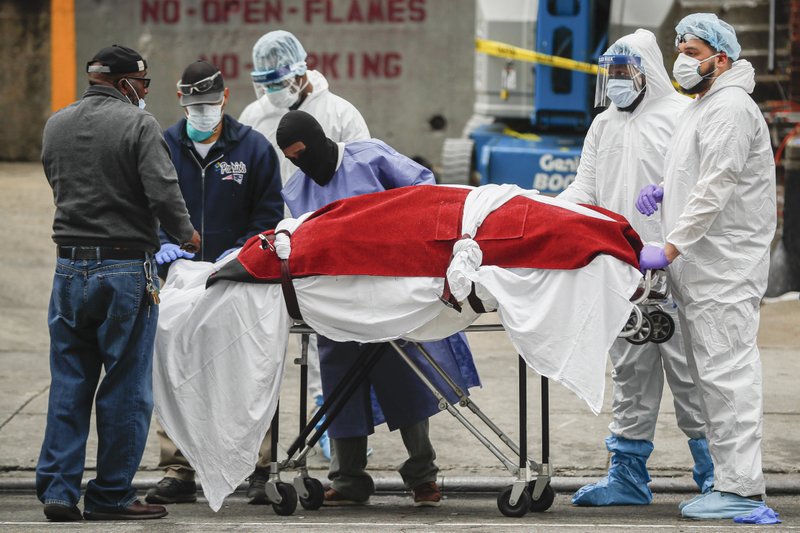

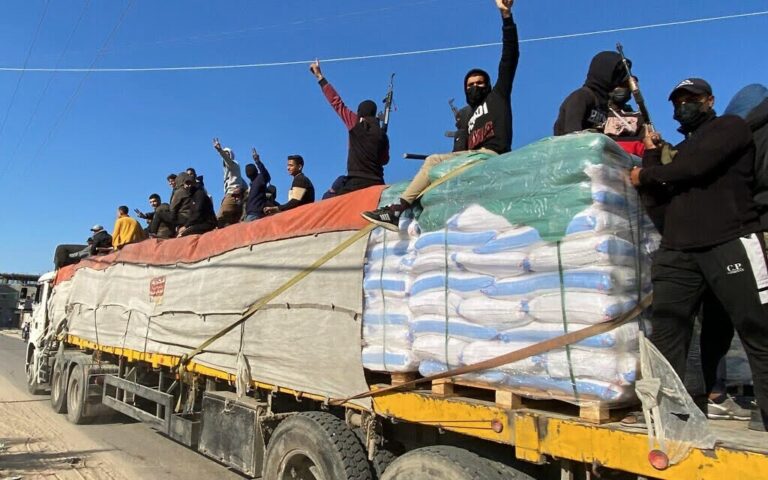
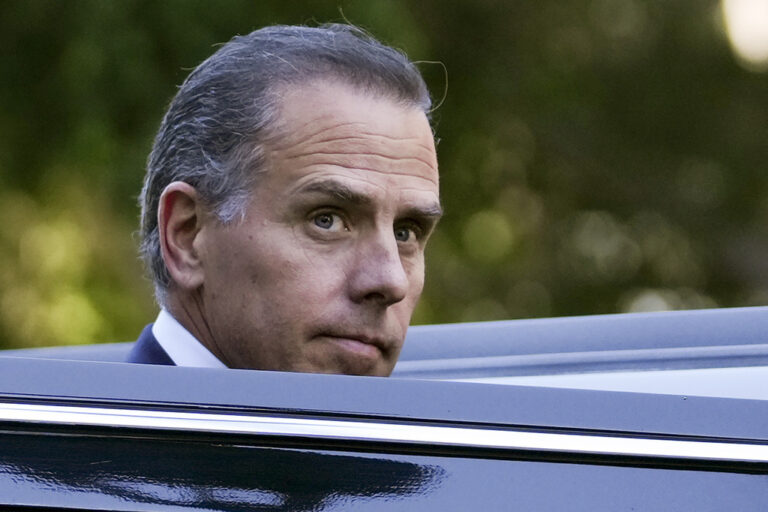
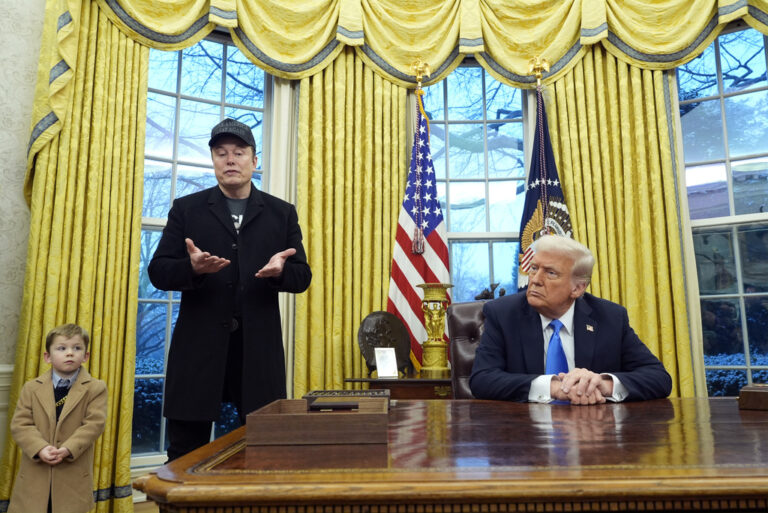

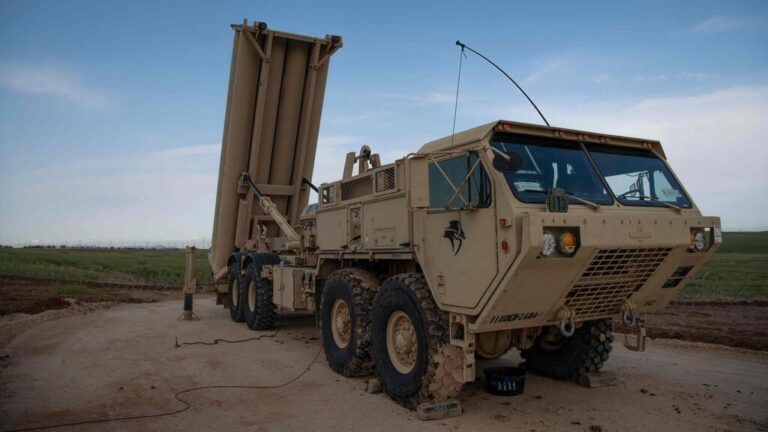

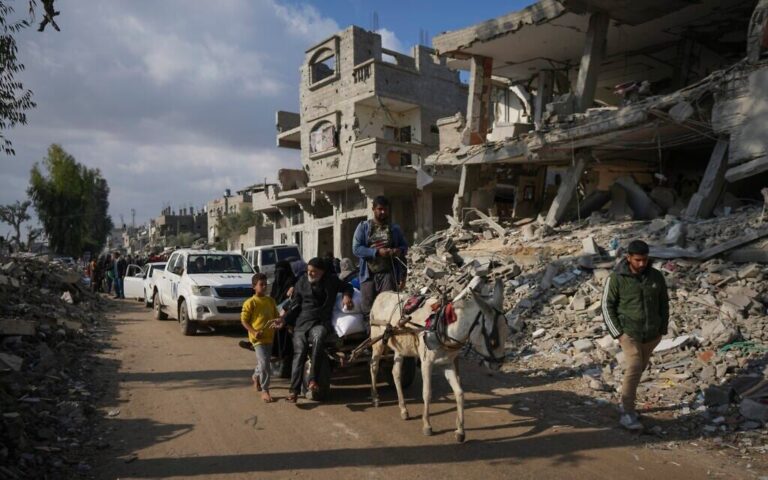


7 Responses
According to official CDC report only 9K or only 6% died exclusively from Wuhan-19
Fake numbers! Senator and former Veep Joe Biden said there were 200 million!
And he’s running for president so he must know! No?
With such a number, I would be petrified to even think about Joe Biden in the Oval Office, about how many times worse this toll would be.
This is approximately the # of people who pass away in the USA every 27 days, and depending on how we define a death as being from Corona, since many were already sick and would have died a short while later even without Corona, 200,000 is a deception.
Does this make any sense. Why would the USA have the highest toll? Wouldn’t a place like Cambodia – poor, crowded – have the highest?
A whole article about the American death toll and no mention that only 6% of the deaths are COVID only, that the numbers in general are highly suspect as Blue Cross insurance was paying hospitals extra for death certificates marked with COVID, that the chief health officer of the state of Illinois reported that if a person dies in a hospice of cancer but also tests positive for COVID that they mark it as COVID, that in Washington State motorcycle crash victims were being marked as COVID, etc. We see how myths spread and how the media spreads them.
The USA doesn’t have 200,000 COVID deaths. It has 200,000 death certs that have improperly been marked as COVID.
1 out of 1600 — you do realize that the death rate in the US is about 1 in 120. This is a drop in the bucket.
In other words, the death rate in the USA will climb from 8 per 1000, to perhaps 9 per 1000. By comparison, the death rate in Israel is about 5 per 1000, and in many industrialized countries is around 10 per 1000.
While it is very sad if you are one of the few who get seriously sick from Covid19 (95% of those infected don’t even get sick), or the handful who die – THIS IS NOT SOME MAJOR DISASTER. The shutdowns are not justified. Those who want to close down shuls and schools should be suspected of ulterior motives (such as using the pretext of a “plague” to attack their enemies).
BTW, for Bubonic Plague, the death rate (pre-antibiotics, in Europe) was in the area of 250 per 1000 (but that was over several years). Smallpox in America in the 16th century probably kills 900 per 1000. And epidemics that do warrant “panic” kill all ages, whereas Covid19 tends to kill the sick and elderly.